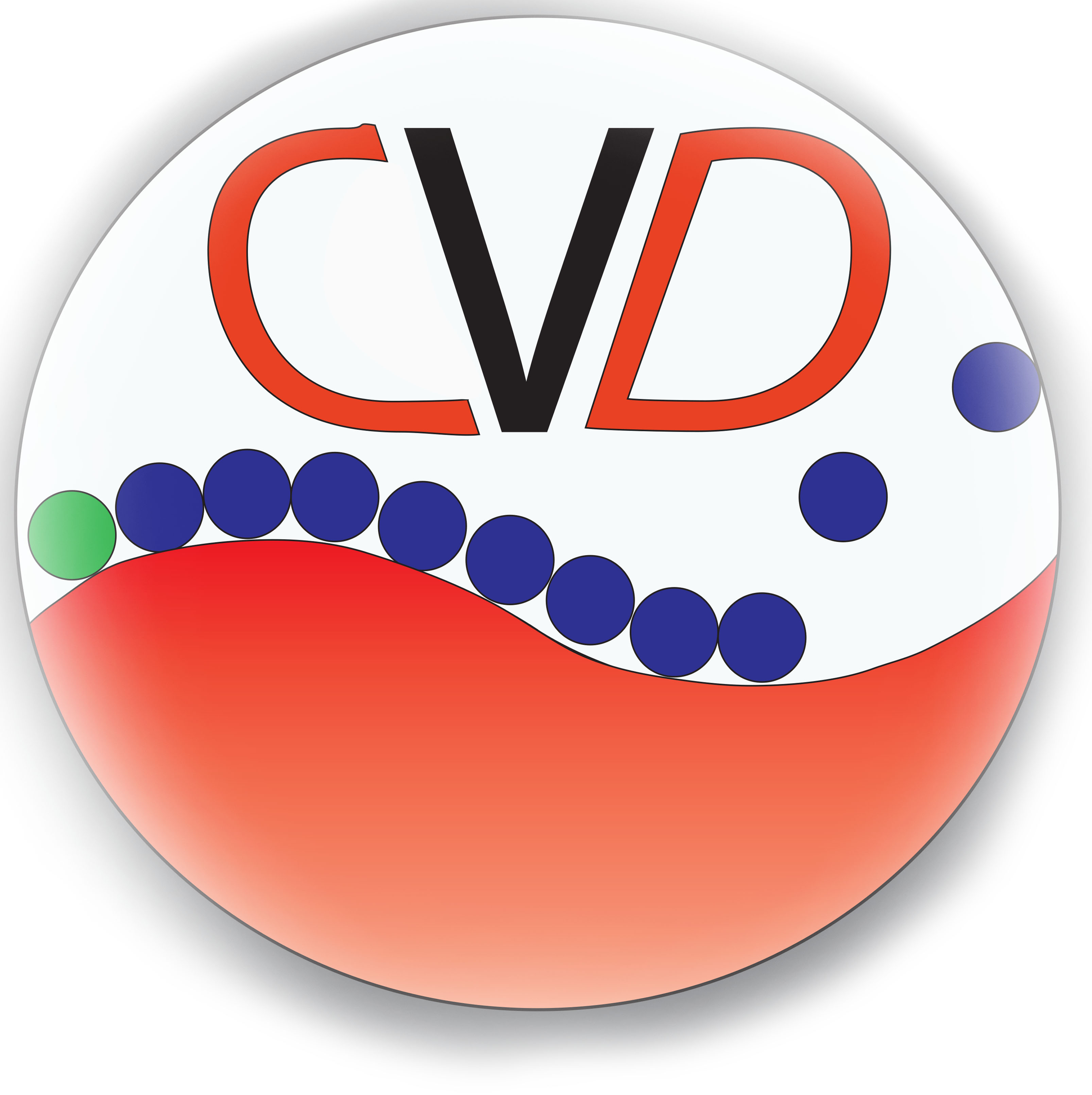
Lincoln, NE – April 5, 2018 – Board of Regents, University of Nebraska announced today that it will receive $80,882 from the Nebraska Environmental Trust for the “Biocidal Treatment Module for Reverse Osmosis Membrane” project. The Trust Board announced funding for the project at its meeting on April 5, 2018 in Lincoln. The project is one of the 105 projects receiving $18,301,819 in grant awards from the Nebraska Environmental Trust this year. Of these, 66 were new applications and 39 are carry-over projects.
The PI, Dr. Nejati and the Co-PIs Drs. Snow and Bavarian are aiming to utilize an in-situ process developed to functionalize the surface of the thin-film composite membranes and impart antibiofouing properties to these membranes. This process relies on the rapid formation and growth of metal nanoparticles on the surface of membranes. Through this project, a broadly applicable and preventive method for sustaining the clean water supply in Nebraska through imparting anti-biofouling properties to the RO modules will be developed. This method, which utilizes biocidal coatings, is safe and cheap, and the proposed work can be used for plant-scale, communities, and other RO units. The simple, nanotechnologically-enabled surface treatment method can have a long-lasting benefit statewide—with no negative environmental impact and in line with the safe drinking water act—thus improving the quality of the potable water in Nebraska. Considering this unique need; the opportunity for the deployment of this low-cost, effective, and easy-to-operate process; and the broad societal impact of our work—financially, environmentally; and health-wise—it is expected that the cleaning modules to become an integral part of the currently installed RO modules.
The Nebraska Legislature created the Nebraska Environmental Trust in 1992. Using revenue from the Nebraska Lottery, the Trust has provided over $289 million in grants to over 2,000 projects across the state. Anyone – citizens, organizations, communities, farmers and businesses – can apply for funding to protect habitat, improve water quality and establish recycling programs in Nebraska. The Nebraska Environmental Trust works to preserve, protect and restore our natural resources for future generations.




